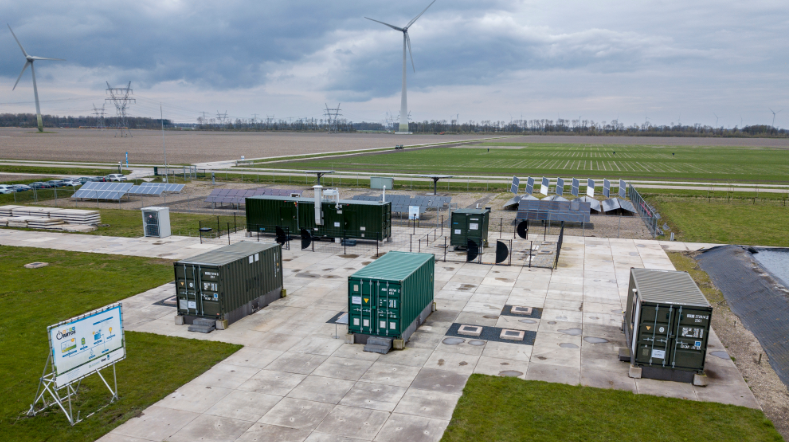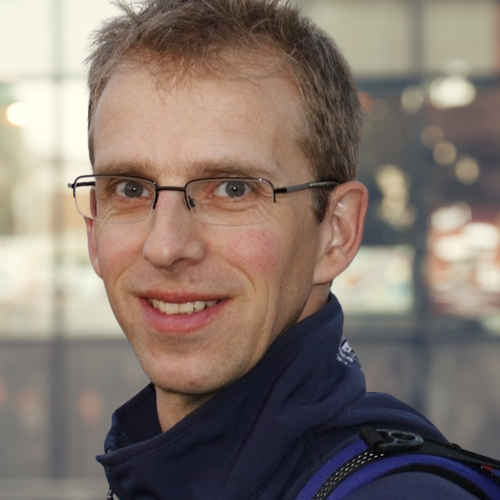
Advancing wind turbine blade reliability through innovative monitoring and digital twin technology
A Dutch collaboration comprising TNO, Shell, TU Delft, Suzlon, Tarucca and Fibersail has started the ReliaBlade2-NL project. The project aims to significantly enhance the reliability of wind turbine blades by monitoring their structural health throughout their lifespan. To achieve this, existing digital twin concepts will be adapted to predict the remaining blade lifetime and support operations and maintenance.
The project is supported by the GROW-programme.
ReliaBlade2-NL aims to combine all aspects in an integrated framework supporting predictive maintenance decisions. The digital twin framework, combining structural health monitoring, modelling, and probabilistic analysis, will reduce the risk of blade failure, allowing for timely inspections and preventive repairs before catastrophic failure occurs. Key results include failure and fatigue lifetime prediction models, validation test results, operational turbine field validation data, and a structural digital twin for probabilistic lifetime prediction.
Challenges in the wind energy industry
Recent research by DNV indicates that the failure rate of wind turbine blades has not decreased in recent years and that blade durability is a major challenge the wind industry must address.* The rapid scale-up of turbine capacity and the increasing size of associated blades have led to a demand for frequent introduction of new blade models with extensive testing campaigns. Despite efforts to control manufacturing processes, manufacturing defects persist, causing damage during certification and commercial use, resulting in potential blade failures. In 2023, Siemens Gamesa faces a €4.5BN loss due to quality issues related to its blades and bearings of the onshore fleet. These failures impact electricity production and have far-reaching consequences for wind energy producers and the industry’s role in the broader energy transition.
The four year project intends to adopt an integrated approach to three major aspects:
An improved blade modelling scheme will be developed to enable blade structural behaviour predictions over time based on its updated condition. To validate the methods and models, testing at different levels includes material coupons, subcomponent level, full-scale blade and operational turbine.
Algorithms will be developed to analyse and interpret data from strain, acceleration, and acoustic emission sensors. The project team will use monitoring data for blade characterisation and detection of anomalies during operation.
In the project a decision support tool will be developed that uses information from the digital twin. Integrating aspects range from weather data, resource costs and availability, asset-specific information, and maintenance requirements. In addition, the project team will analyse the risk of moving maintenance actions in time and define tolerance limits to optimize maintenance interventions.
In this project, a wind turbine measurement campaign is planned to be performed at an offshore wind farm. In this campaign blade condition monitoring systems developed by Fibersail and Tarucca will be used. TNO will develop methods for structural diagnosis and prognosis. TNO will also develop the digital twins together with Shell. TU Delft will perform tests on a torsion box and fatigue test coupons provided by Suzlon and develop Remaining Useful Life (RUL) models for a blade.
Quotes from Project Partners:
- Noud Werter, Lead Scientist Composite Structures at TNO: ‘In ReliaBlade2-NL, we will develop a remaining useful lifetime prediction model for wind turbine blades. It combines numerical models that predict the structural behaviour and reliability of the blade with monitoring data that is gathered through measurements in the lab and in the field. This model provides industry with the tools to optimize their operations and maintenance decisions for wind turbine blades in the field.’
- Fred Guodong Zhong, Researcher Offshore Wind Innovation Program at Shell: ‘ReliaBlade2-NL will mature the predictive maintenance and condition monitoring technologies for wind turbine blades with ambition for an integrated digital twin platform to support Operations & Maintenance decisions. This is paramount for operators to shift from currently time-based to condition-based maintenance and de-risk large modern wind turbine blade durability issues for the whole wind industry.’
- Simon Watson, Professor of Wind Energy Systems and Director of the TU Delft Wind Energy Institute at TU Delft: ‘TU Delft sees the Reliable 2 project as an important step in its research to better understand wind turbine blade failures, from where they originate, and to produce more accurate Remaining Useful Life (RUL) models to give industry the tools they need for more cost-effective and efficient operations and maintenance procedures.’
- Carla Pereira, R&D Manager at Fibersail: ‘Reliablade2-NL will provide further insights on how Fibersail shape-sensing system can mature the application of structural health monitoring in wind turbine blades. The deployment of our system, combined with advanced algorithms for condition monitoring, enables the shift towards a predictive maintenance approach in O&M activities, achieving maximum operational efficiency and driving down the OPEX costs.’
- Jaykarna Ashok Bhangale, Team leader – Material Technology at Suzlon: ‘ReliaBlade2-NL scope allows to include, analyse and predict the effect of defects at the critical structural detail by validating the optimum concepts at multi-scale levels via both experimental and numerical techniques in state-of-the-art methodologies.’
- Jesse van Kempen, Co-founder & Tech lead at Tarucca: ‘In ReliaBlade2-NL, Tarucca will together with the consortium partners and its own AI data team turn the data from its optical sensors that are retrofitted in the blades, through a digital twin approach, into predictions for the structural performance of offshore wind turbine blades.’
* D. Griffin, “The challenges of wind turbine blade durability,” DNV, 2023.
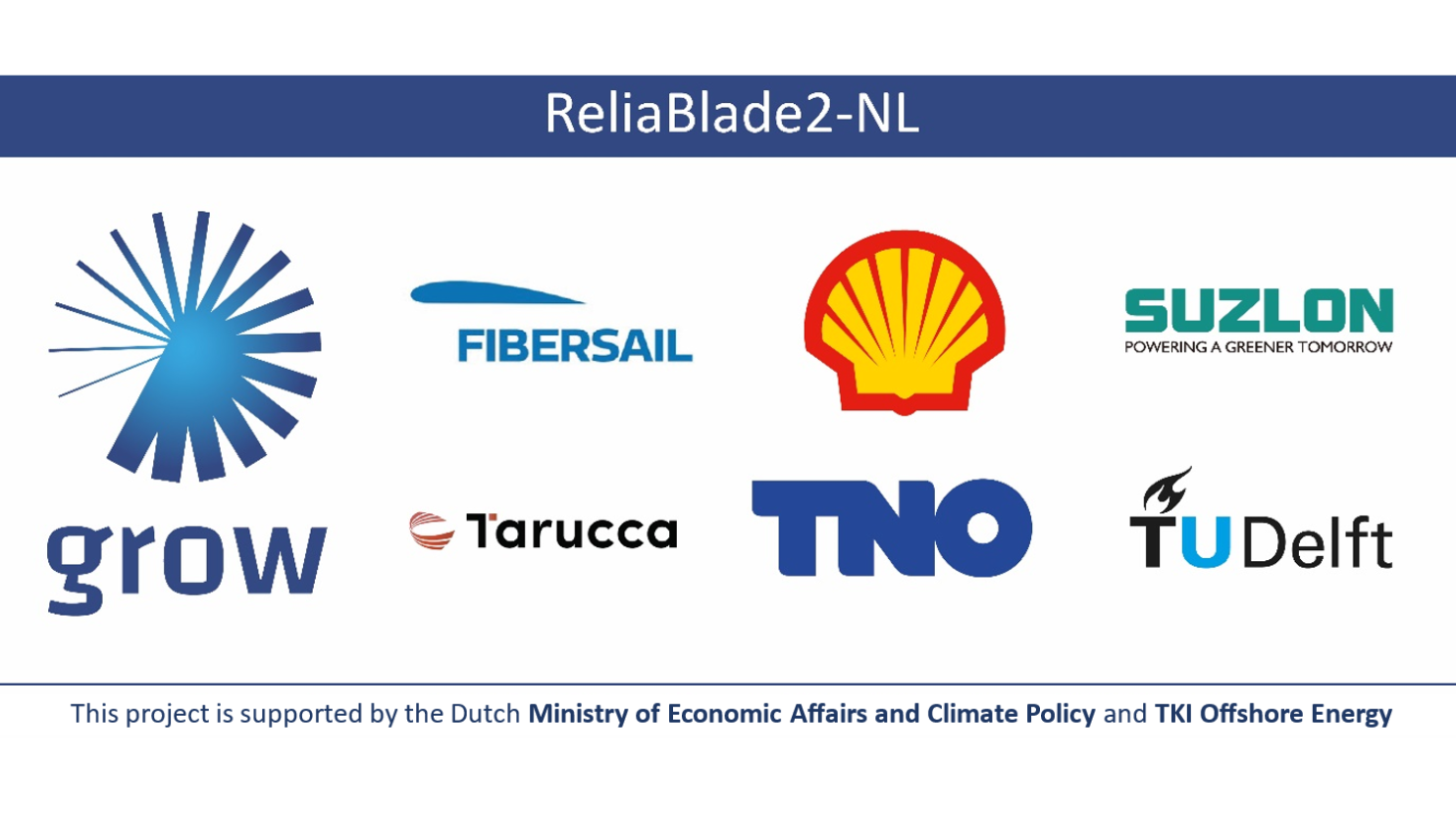
Get inspired
TNO and Jungle AI collaborate to detect cyberattack on wind turbine and improve detection capabilities
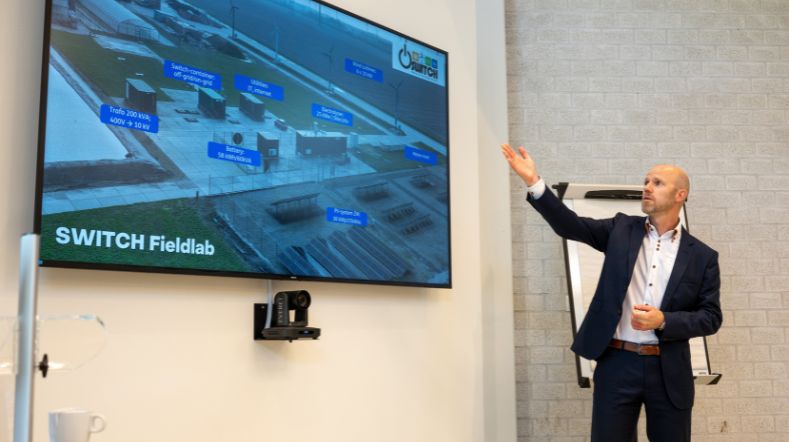

OESTER project to advance offshore electricity storage
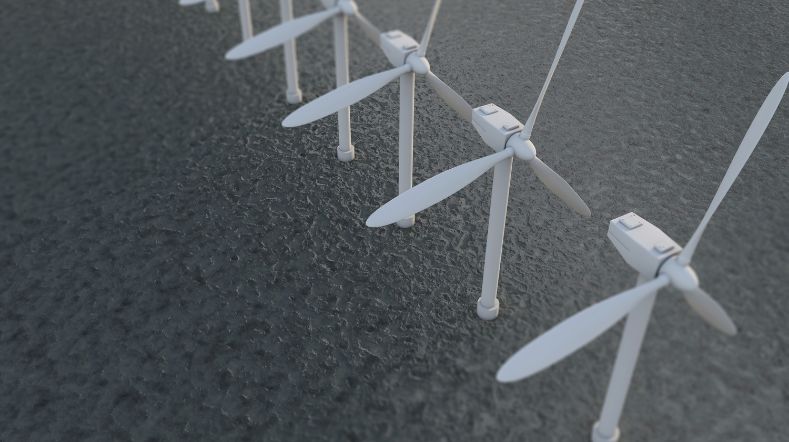

Wind energy webinars

Webinar: System transformation in offshore renewable supply
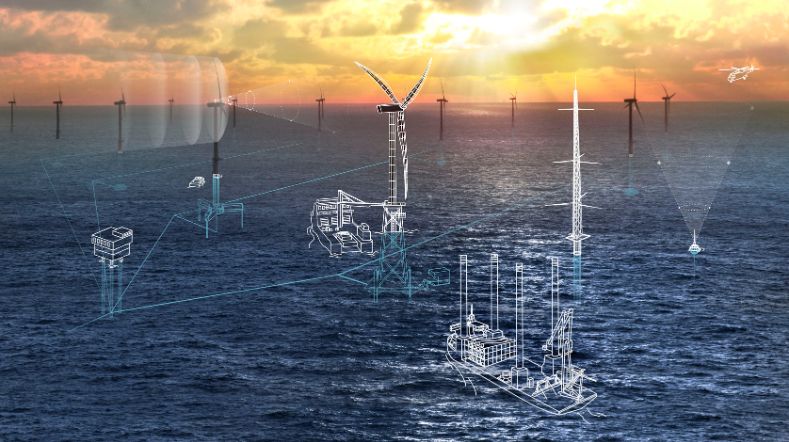

SWITCH tackles the energy issues of the future
